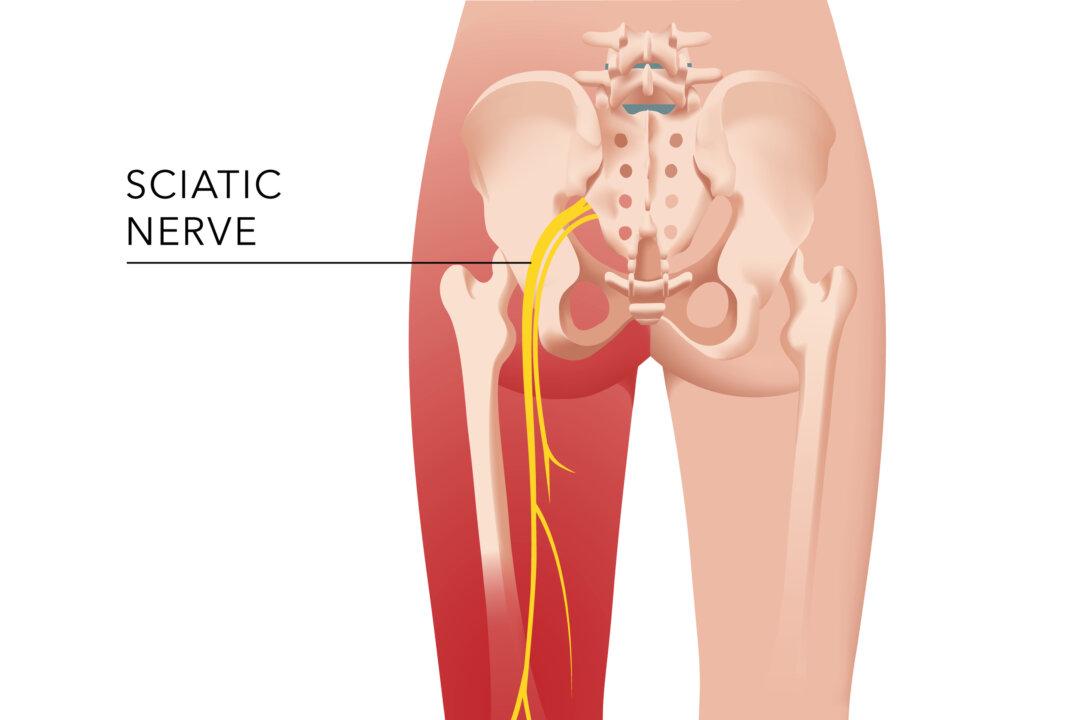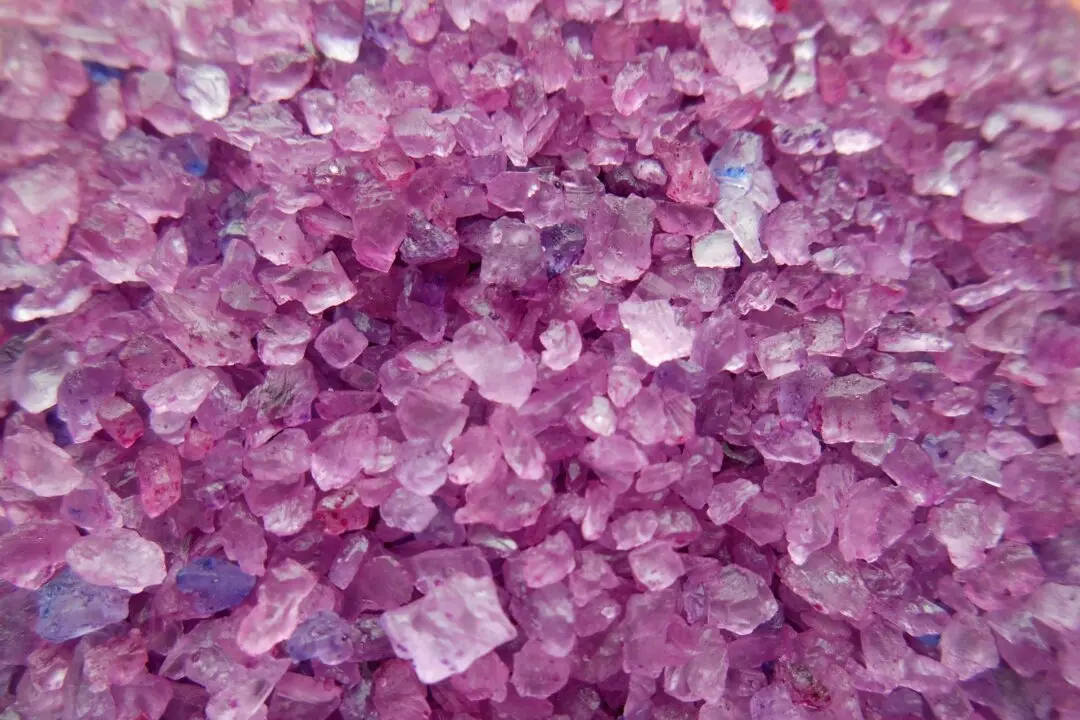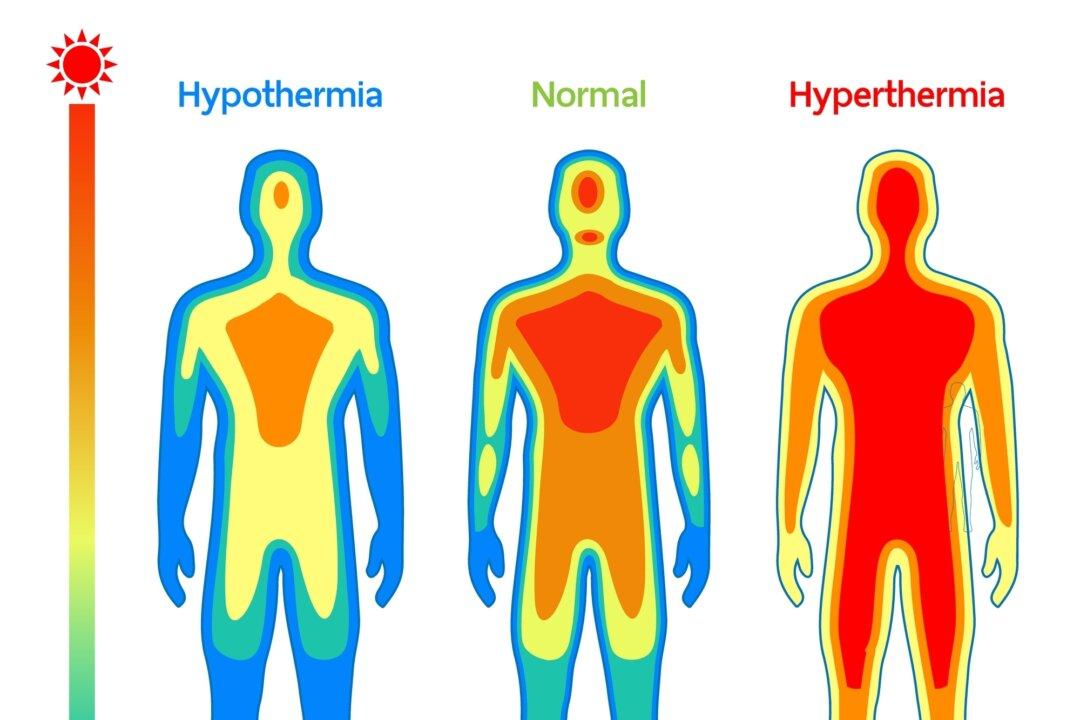We are a sedentary society, especially as we age. The older we get, the more challenging it can be to keep from sitting too much. Our bodies may ache, our legs may be unsteady, our energy is less, and we don’t exercise as often.
The pandemic even exacerbated this trend with having to stay isolated and mostly indoors watching TV, working on the computer, reading, reclining on the couch eating foods not supportive of our health.






